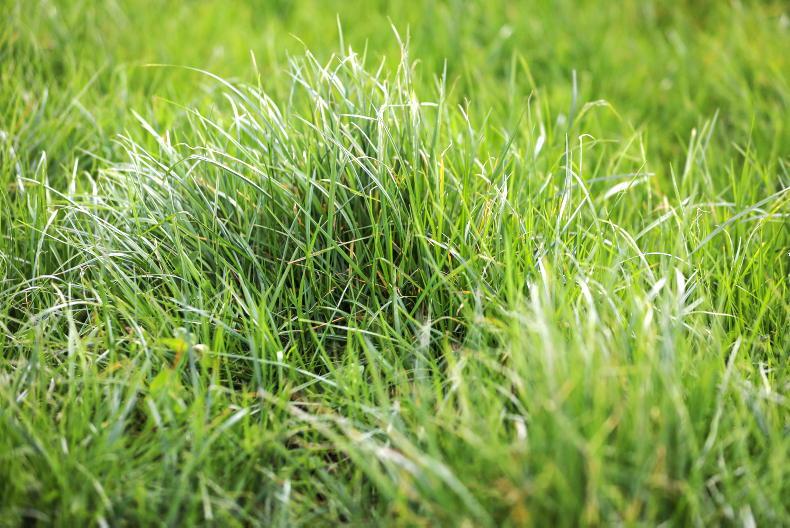The turn in the weather over the last week to 10 days had given much-needed reprieve to both stock and farmers, as stock seem to finally have returned to fields on a permanent basis.
While ground conditions have improved, the delayed turn-out in spring has resulted in some heavier than normal covers of grass on some paddocks.
Paddocks that have not seen cows since last September and are only seeing them for the first time now have grown considerably over the winter, with covers of 2,500kg-plus DM/ha.
Grazing these heavy covers is less than ideal. Firstly, they are a low energy sward compared with grass that has already been grazed.
Farmers who have been transitioning from silage and meal indoors on to these heavier swards are not seeing any great lift in milk constituents.
Cure
The only cure to this really is to mow out these paddocks. While they are not great quality to graze, they make excellent-quality silage when you compare with a 5,000kg or 6,000kg cover from first cut.
When or how much to mow will be very farm-specific. While heavier farms may need an additional week to allow ground to sufficiently dry out, free-draining soils can now mow whenever there is a suitable window of weather.
Higher-stocked farms will have to limit the percentage of ground they mow out to 10% to 15%, as growth has yet to properly take off.
For lightly stocked farms, closing off the heaviest of paddocks on a more long-term basis and artificially upping the stocking rate might be a better option than having to continually mow out paddocks every week or two weeks.
Some tight for grass
On the flip side, some farms are finding that grass is in tight supply, with this primarily affecting sheep farms.
Ewes have been out for a number of weeks now post-lambing and grazed paddocks are sluggish to grow back. This is partly due to poor graze-outs in the first round, but also the lower-than-normal growth rates we’ve been witnessing.
If fertiliser has not yet been applied to these paddocks, then 20 units of N needs to go on them as soon as possible to try push on growth.
ADVERTISEMENT





 This is a subscriber-only article
This is a subscriber-only article











SHARING OPTIONS: